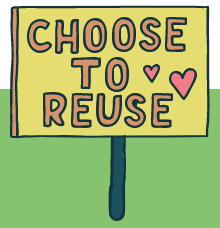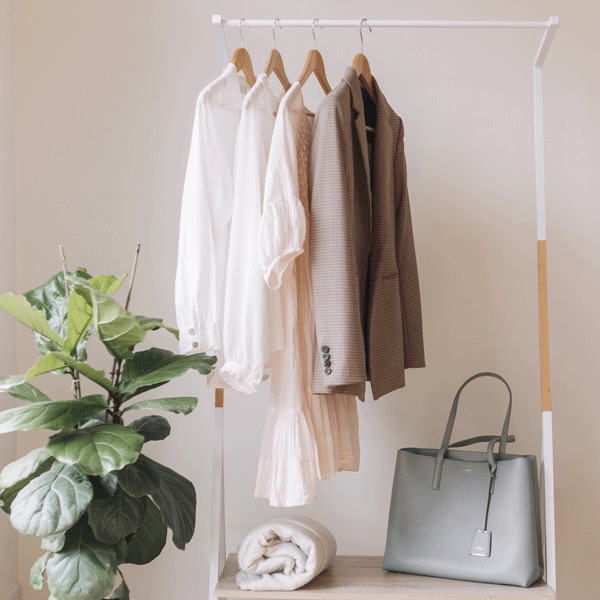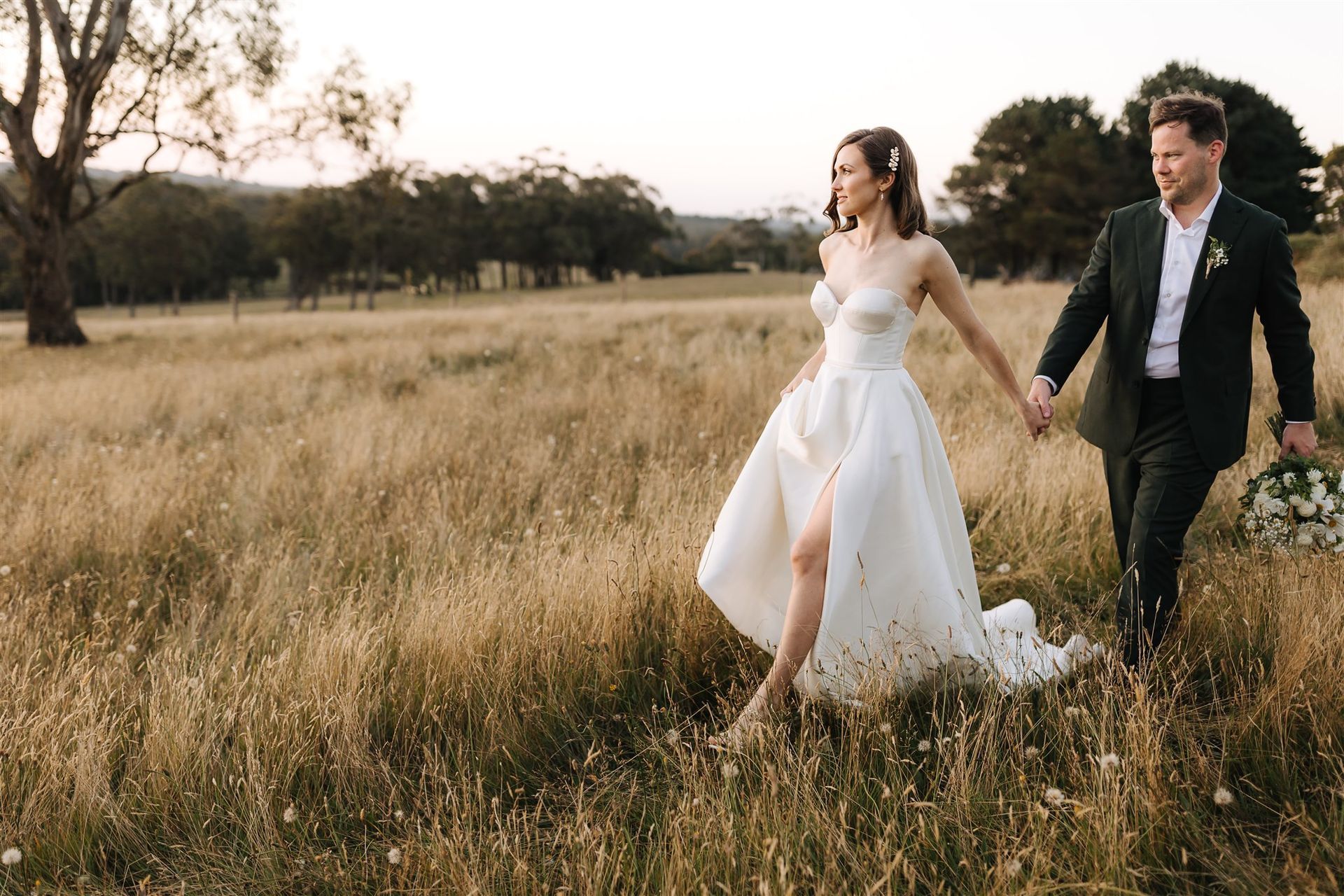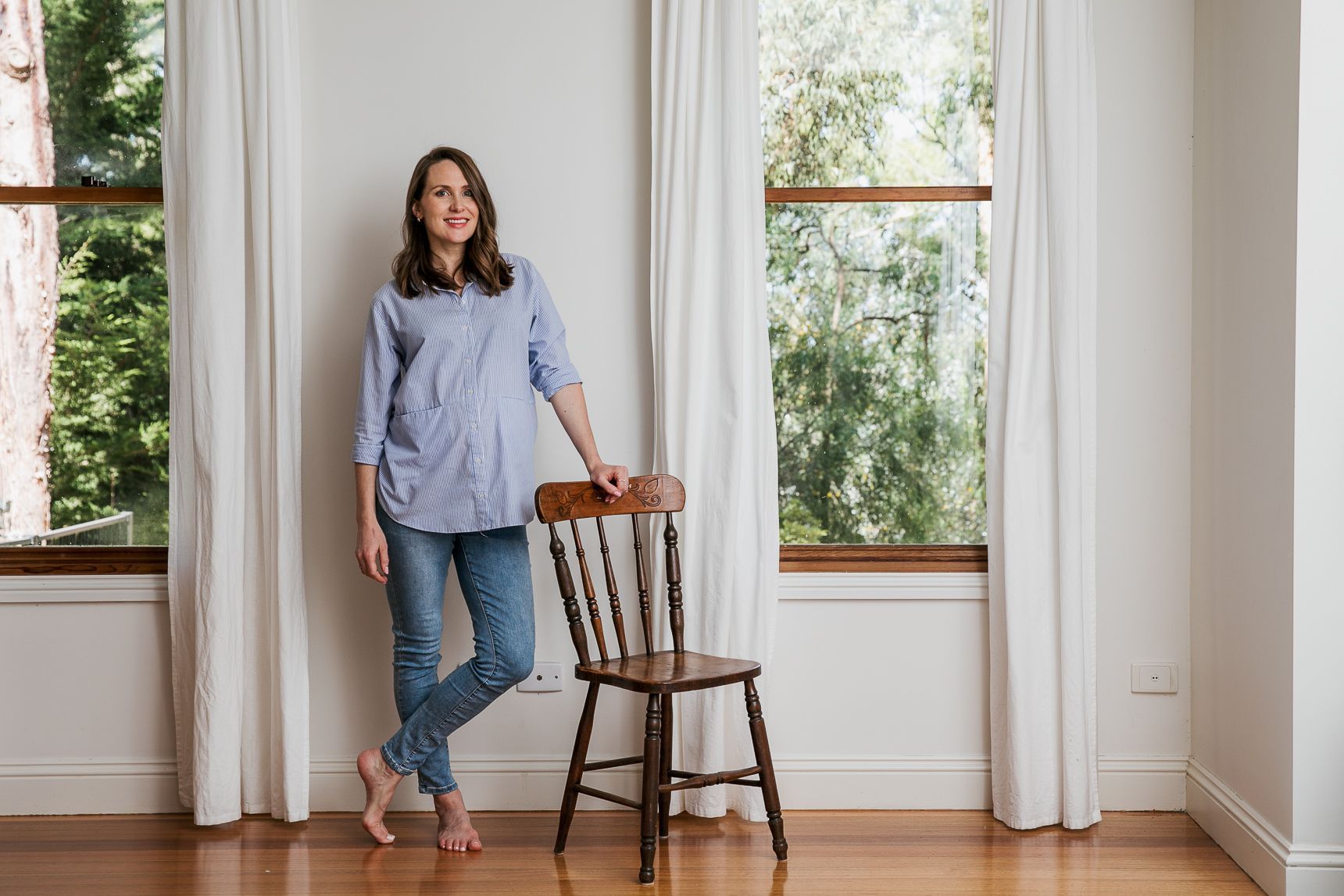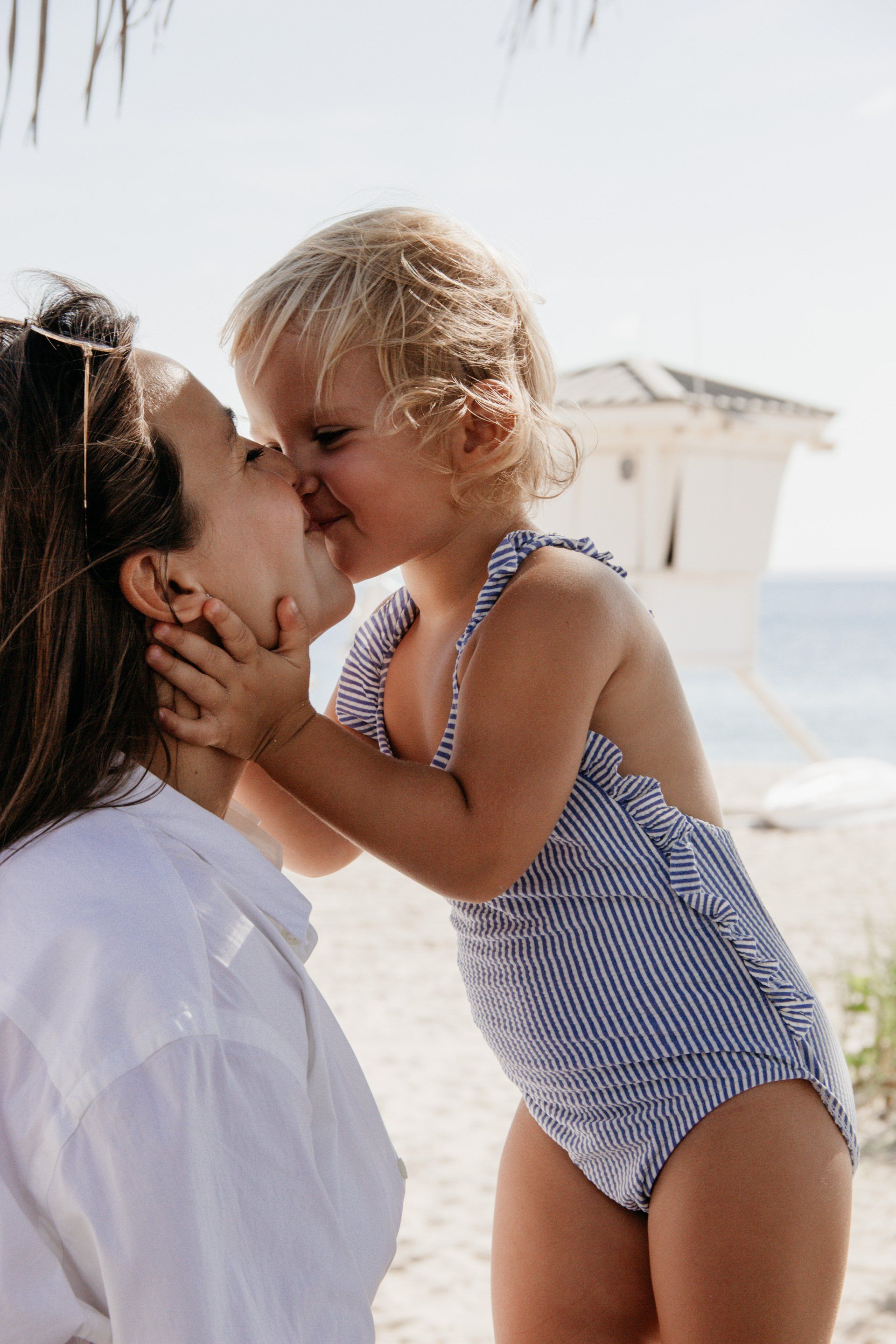Everything You Need to Know About Selling in Consignment Stores
Last year we published Selling Secondhand Clothes , a piece packed with great ideas for how to successfully sell pre-loved items. But while we’ve received many success stories, we also know that selling items independently can take a lot of effort.
Taking photos with the right lighting, figuring out the right price point, organising shipping – there’s a lot involved and it can take time. So this year, I tried my hand at selling my second hand items through consignment stores.
Read on to hear about what I learned and my six top tips for selling on consignment.
What is a consignment store?
A consignment store is a shop – online or otherwise – that will sell your items for a commission. The store will manage pricing, marketing, advertising, interacting with the customer and payment.
How much commission do they take?
Again that depends on the store, yet most will take a fee plus a percentage of the item’s price. Hence the more expensive the item, the more willing they will likely be to take it.
What types of clothes do consignment stores take?
What they accept varies greatly from store to store. Some opt for high end (think Gucci and Escada) while some only take certain brands, and others vintage only.
Do I get to choose the price?
No – the store will set the price. If you don’t like what they’ve offered, say no. There should be no pressure to sell your piece for less than you would be happy with, and the store should understand this. It is perfectly acceptable to say; “I was hoping for a little more, I would prefer to keep it”.


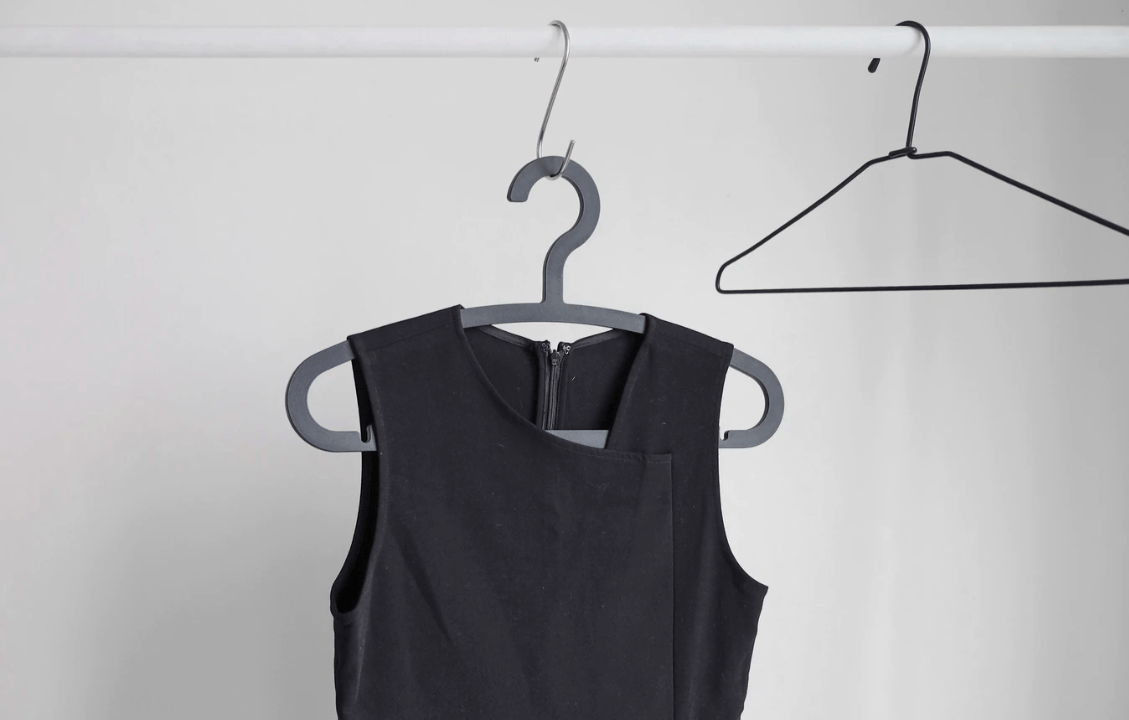
How many items will I need to sell?
While not a blanket rule, many stores will only consider selling your clothes in batches. You will need to be willing to sell about four pieces at a minimum.
Could my pieces be rejected?
Yes – be prepared to be turned away. Just because you love your items and think they are sellable doesn’t mean they are for that store. Consignment buyers know what they’re looking for; the season, stock levels, what they know is selling well, and how much they can make from an item all factor in.
What’s the guarantee that they will sell?
There is no guarantee. Just because your item was accepted does not mean it will sell, so be ready with a back-up plan if it doesn’t.
My six top tips for selling in consignment stores
1. Do your research
There is no point trying to sell your Dad’s 1980s gig t-shirt to a consignment store dedicated to high end fashion. Do your research and check out their social media for the styles they promote. Search for a brand list on their website and only take pieces you know their customers will love.
2. Team up with friends
If you only have one or two pieces to sell, team up with friends and take your pieces in together.
3. Presentation is key
This is not a car boot sale, this is a clothes boutique. Your clothes must be squeaky clean! Wash, iron and present on the hanger or folded in a nice bag. If your piece is dry clean only, leave the drycleaning tags on.
4. Don’t take it personally
Having items rejected by a consignment store is normal so don’t take it personally. And if you’re like me and want to learn why, ask them! Most stores will be happy to explain why they didn’t accept your items.
5. Make the time
While consignment stores are great for when you don’t have the time to sell items yourself, you still need to dedicate some time to the process, so if you’re on the fence or strapped for time, consider donating to your local charity store.
6. Ask for store credit
If the store offers store credit for the sale of an item, you will often get more credit than you would cash. So if you love new clothes and love the environment, store credit is an ideal way to support the pre-loved market, limit landfill and freshen up your wardrobe.
In summary, selling at consignment stores is great for high quality or unique pieces you know will not get the credit they deserve on Facebook Marketplace or eBay.
I hope those tips help, secondhand or pre-loved fashion is the way of the future. And remember to buy second hand yourself, putting #prelovedfirst is one of the best things you can do to improve your environmental footprint.
Visit our Sustainability Journal for more earth-loving ideas 🙂 Take the next step and book in a consult with Sally.
